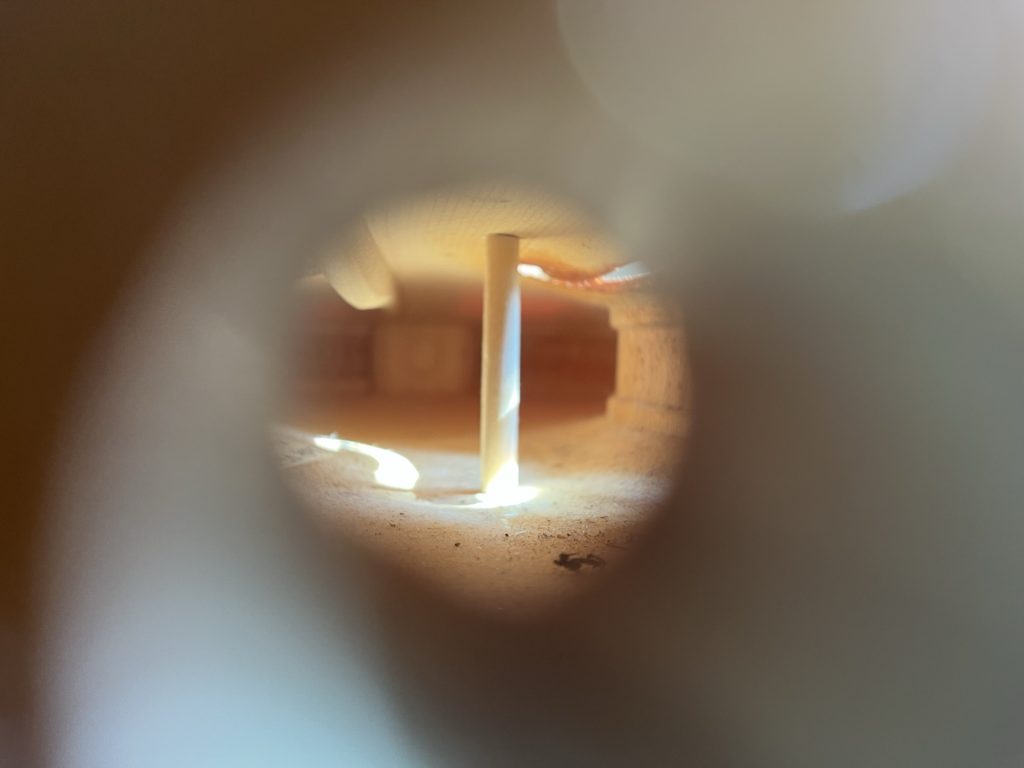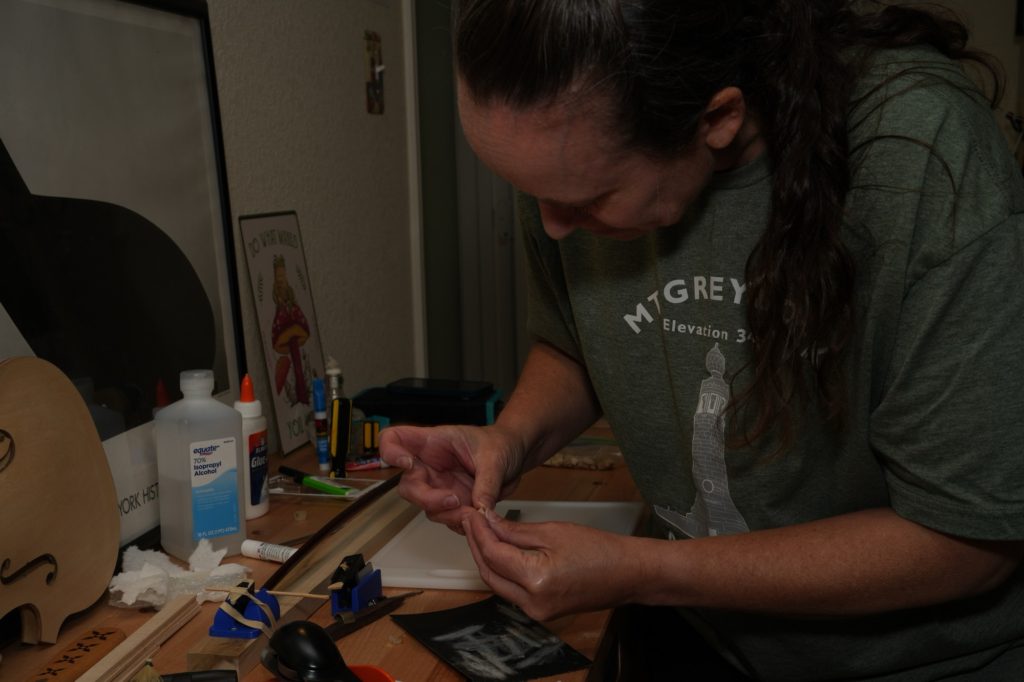The journey of a flexible ruler from Mittenwald, Germany to North Adams, Massachusetts.

The journey of a flexible ruler from Mittenwald, Germany to North Adams, Massachusetts.

Violin repair school this June was incredible. A thorough review of basic set-up skills such as fitting new pegs, fingerboards, top nuts, soundposts, and bridges. Set against the beautiful backdrop of the Berkshires, I made excellent progress, and life was beautiful.

For a little while, my Achilles heel has been soundposts. Setting, fitting, adjusting them…all of the above. I’d decided in my mind that no matter how hard I tried, that little stick was going to get the best of me, and that’s all there was to it. I was going to lose every time, so I got used to being frustrated, disappointed, and embarrassed with my abilities.

“An ounce of prevention is worth a pound of cure”
– Ben Franklin, 1735 regarding fire safety in Philly
If you usually have your classroom instruments on racks for convenient racks, like I do, the thought of casing them all up every time it gets cold sounds daunting. But doing so protects your fleet from open seams, cracks, broken strings, and warping (bow included). Here’s your suggested game plan for three different scenarios.
(more…)
After a long week at school I chose to unwind by rehairing some bows. The quiet, the unique nature of each bow, and the possibilities each piece of musical materiel I return to service fuel my passion for repair.
(more…)